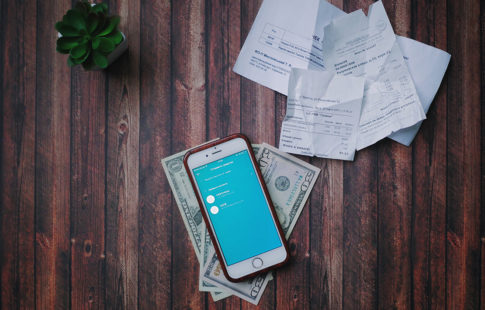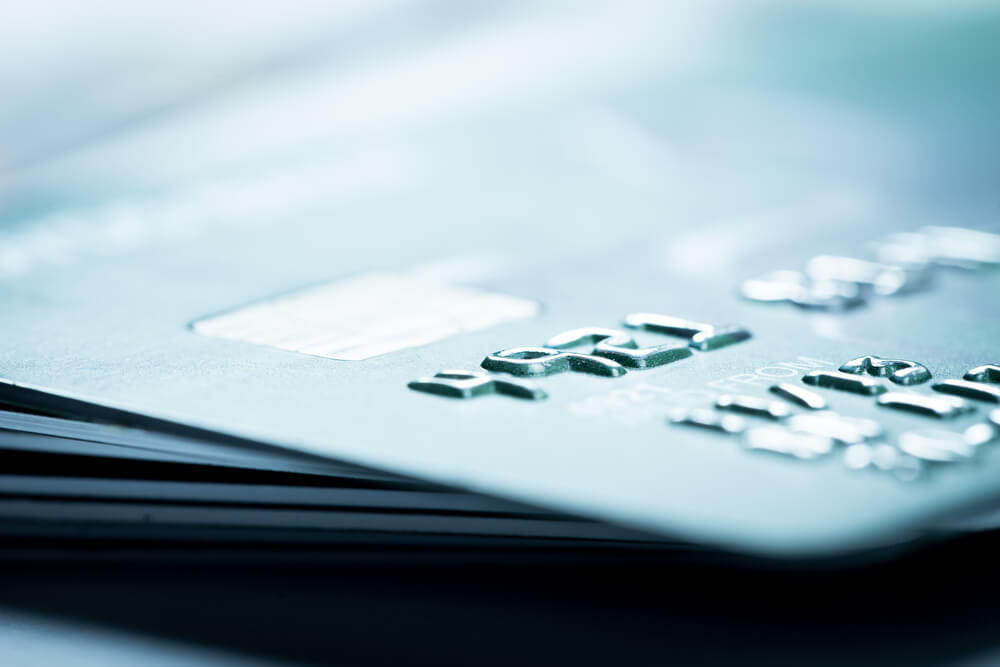According to a recent report, more than 16.7 million consumers were victims of identity theft in 2017. With large security breaches happening on online platforms, identity theft is a growing concern among Americans. It’s important to understand how you can protect yourself from becoming a target for thieves. But what is identity theft exactly? And can you learn how to prevent identity theft? Don’t worry, we’ll explain.
What Is Identity Theft?
Identity theft is when someone steals your social security number, passwords, credit card information, or other personal information to impersonate you in order to commit fraud or other crimes. The thief may use your information to obtain a loan or open lines of credit. Victims of identity theft may endure a long and challenging process to clear their name and restore their credit. That’s why it’s important to protect yourself and your identity.
How To Prevent Identity Theft
1. Monitor your credit scores regularly.
Monitoring your credit is a great place to start when it comes to preventing identity theft. The three major credit agencies, Equifax, Trans Union and Experian are required to give you a free credit report yearly (if you request it). You can also sign up for services online that check your score regularly and update you when there is a change in your score.
2. Freeze your credit.
Freezing your credit is another way to prevent identity theft. Freezes stop companies from getting access to your credit, unless you already have an account with them. A credit freeze will be a sizable road block for anyone who is trying to open a credit card in your name. It should be noted that it takes several days to unfreeze your credit — which is important if you’re applying for things like mortgages, loans, etc.
3. Create stronger passwords.
Creating strong passwords is important to fend off people trying to hack your accounts. A simple trick to creating a password that is tough for programs to break is to put several spaces in your password. Using a combination of words and numbers with spaces would be more secure than having something like Password123 for your login.
4. Protect your social security number like a hawk.
Seriously. You should have your social security number (SSN) stowed away somewhere safe and only bring it out when it’s absolutely necessary, such as when applying for a loan or credit card, filing your tax return, or getting a driver’s license. This number is a big tool for fraudsters if they get ahold of it, so always remain diligent and keep it in a safe place.
5. Educate yourself on how to spot phishing scams.
You know those emails that have weird attachments in them and end up in your spam folder? Don’t click those. Ever. Phishing scams are malicious attempts by fraudsters to get information out of you by offering you something online or over the phone, then requesting that you give them sensitive information to receive your offer. You could also receive an email that looks legitimate and asks you to click a link to confirm some information. Do not click these links! Instead, look up the company online to determine if whatever is being sent your way is legitimate. As a rule of thumb, never give your entire social security number to anyone over the phone or online.
6. Keep up-to-date antivirus software on your devices.
A relatively inexpensive piece of software might be the difference between your information remaining secure and getting stolen. Download trusted anti-virus software that will help detect and erase potential viruses that could be used to steal your information digitally.







